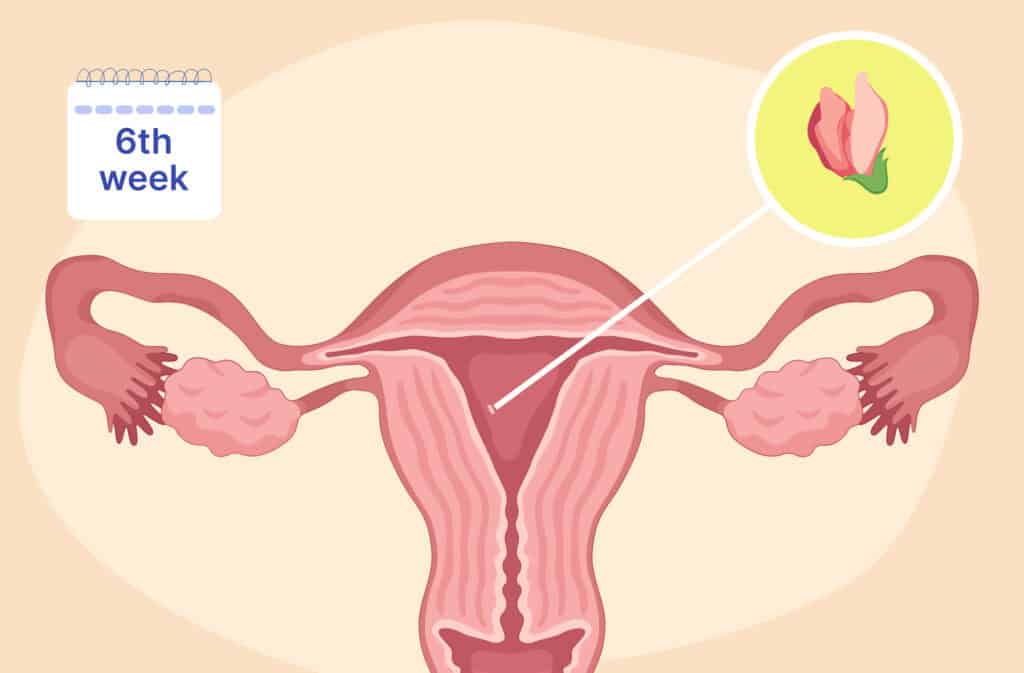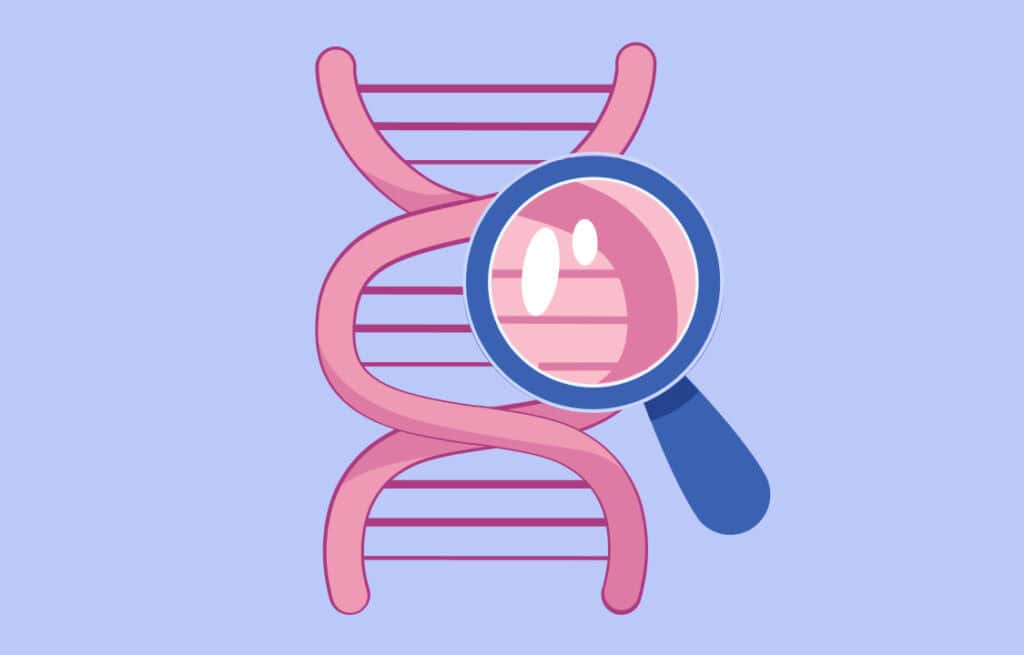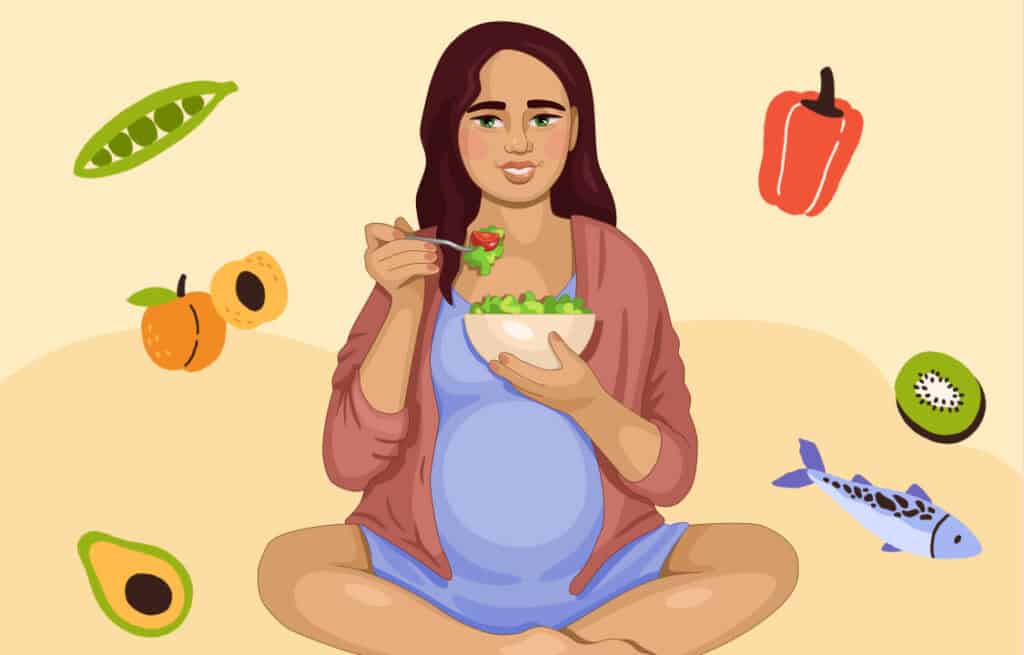Femia > Health Library > Pregnancy > Pregnancy week by week > 6 Weeks pregnant: Key changes, health tips, and baby growth
6 Weeks pregnant: Key changes, health tips, and baby growth

- Updated Feb 11, 2025
- Published
CRAFTED BY HUMAN
Crafted by human At Femia, we provide accurate and up-to-date information at every stage of your journey, from trying to conceive, pregnancy and postnatal support. All content is created by a real person based on in-depth research and own professional experience. Femia ensures that you will receive expert advice, strict accuracy and a personalized approach from our authors/medical experts. Learn more about our editorial policy.
FACT CHECKED
Fact checked At Femia Health, we maintain the highest standards of editorial excellence in delivering content focused on helping you conceive, guiding you through pregnancy, and supporting you postpartum. Explore our content review principles to learn how we ensure the accuracy and quality of our health and lifestyle tips for every stage of your journey.
At 6 weeks pregnant, the embryo is growing rapidly, and symptoms like nausea, fatigue, and breast tenderness may intensify. An ultrasound may reveal the gestational sac and potentially detect a heartbeat, signaling an important milestone in early pregnancy.
At 6 weeks pregnant, many exciting changes are taking place as your body adapts to support your growing baby. This week marks a period of rapid fetal development, with the heart starting to beat and major organ systems beginning to form. Many women experience more noticeable pregnancy symptoms at this stage due to hormonal changes, while an early ultrasound may provide the first glimpse of the gestational sac or even the tiny embryo. Understanding what’s happening during week 6 can help you prepare for the coming weeks and make the most of this transformative stage of pregnancy.
Personalized meal plans, symptom tracking, and more with the Femia
6-week pregnancy symptoms
As hormone levels rise, week 6 pregnancy symptoms often become more pronounced. Here are common symptoms at this stage:
- Nausea and morning sickness: Many women start to experience nausea, especially in the morning, as hCG levels increase.
- Fatigue: High levels of progesterone contribute to increased tiredness, making rest essential for energy management.
- Breast tenderness and swelling: Hormones can cause the breasts to feel swollen, sensitive, and even heavier than usual.
- Frequent urination: The body is producing more blood, which increases kidney function and may cause you to visit the restroom more often.
- Mood swings: Hormonal fluctuations can lead to mood changes, which are common as your body adjusts.
👉Find out more: 5 Weeks pregnant: A sneak peek into early baby development and symptoms
Your body at 6 weeks pregnant
At 6 weeks, your body is focused on supporting rapid fetal growth. The placenta and umbilical cord are developing, connecting your baby to a supply of nutrients and oxygen. Blood volume increases, which can lead to some symptoms like frequent urination and fatigue. These changes are essential for sustaining the pregnancy and supporting the embryo’s needs.
6-week pregnant belly
Most women don’t see a noticeable bump at 6 weeks, though some may experience bloating, making the abdomen feel fuller. The uterus is beginning to expand, but it’s still quite small and located deep within the pelvis at this stage.
Baby development at 6 weeks pregnancy
At 6 weeks, the embryo is growing rapidly and is now approximately the size of a sweet pea. Major developments include the formation of the brain, spinal cord, and other neural structures. The heart begins to beat this week, and tiny buds are appearing that will eventually form the arms and legs. The baby’s facial features, like eyes and nostrils, are also beginning to take shape.
6-week fetus size
The embryo, now about 1/8 to 1/4 inch long, is comparable to the size of a pea. Although tiny, rapid cell division is occurring as the foundations for major organs and systems develop.
6-week ultrasound
A 6-week ultrasound may reveal the gestational sac and yolk sac, and in some cases, a heartbeat. 6-week ultrasound 3D technology can offer an early, detailed look at the gestational sac, though not all facilities provide this. If an ultrasound is performed due to concerns, like ruling out an ectopic pregnancy, the presence of the sac in the uterus provides reassurance.
6-week ectopic pregnancy ultrasound
If there are signs of an ectopic pregnancy (such as severe pain or bleeding), a healthcare provider may recommend an ultrasound to check the location of the pregnancy. At 6 weeks, an ectopic pregnancy would likely show the absence of a gestational sac in the uterus, and further medical attention would be necessary.
👉Find out more:
Tiny heartbeats and big changes: What to expect at 7 weeks pregnant
8 Weeks pregnant: Symptoms, growth & baby’s development pregnant
Health tips and self-care at 6 weeks pregnant
- Continue prenatal vitamins: Prenatal vitamins with folic acid support early neural development, which is critical at this stage.
- Stay hydrated and rested: To manage fatigue, ensure adequate hydration and prioritize rest whenever possible.
- Eat small, frequent meals: Stick to the 1-3 month pregnancy diet chart. If nausea is intense, small, nutrient-dense meals can help keep your energy up without overwhelming your stomach.
- Monitor symptoms: If you experience unusual pain or bleeding, contact your healthcare provider for guidance, as these can sometimes indicate complications.
At 6 weeks pregnant, as symptoms like nausea and fatigue intensify and ultrasound may reveal a heartbeat, it’s a great time to track pregnancy symptoms in an app to stay informed about your health and your embryo’s growth.
Personalized meal plans, symptom tracking, and more with the Femia
Questions from the Femia community
Can first-trimester sex harm the baby?
No, in a typical pregnancy, sex during the first trimester is safe and doesn’t harm the baby, who is well-protected within the uterus. However, always consult your provider if you have specific concerns.
When can I find out if I’m having multiples?
An ultrasound can usually confirm multiples around weeks 6-8, although sometimes it may be detected a little later depending on visibility.
What foods can help manage nausea at 6 weeks?
Ginger, crackers, and small, bland meals can help relieve nausea. Staying hydrated is also essential to manage morning sickness.
Should I avoid certain activities during week 6?
Avoid high-risk activities like heavy lifting, extreme sports, and anything that could cause abdominal trauma. Low-impact exercise and light stretching are generally safe.
The bottom line
At 6 weeks pregnant, your baby’s development is accelerating, with significant growth in the brain, heart, and neural structures. Physical symptoms may become more noticeable, with nausea, fatigue, and mood swings commonly reported. Staying mindful of your health, rest, and nutritional intake will support a healthy start to this early phase of pregnancy.
References
- “6 Weeks Pregnant: Symptoms & What to Expect.” NHS, www.nhs.uk/start-for-life/pregnancy/week-by-week-guide-to-pregnancy/1st-trimester/week-6/.
- “Week 6 of Pregnancy: Symptoms, Baby Development & More.” What to Expect, www.whattoexpect.com/pregnancy/week-by-week/week-6.aspx.
- “6 Weeks Pregnant: Symptoms, Baby Size, and Tips.” BabyCenter, www.babycenter.com/pregnancy/week-by-week/6-weeks-pregnant.
- “Pregnancy Week 6: Development and Symptoms.” American Pregnancy Association, www.americanpregnancy.org/healthy-pregnancy/week-by-week/6-weeks-pregnant/.

Genetic carrier screening reveals whether you have a gene for a certain genetic disorder. Take action and assess the risk of passing on genetic disease even before conception.

Do you weigh more on your period? Discover the causes of weight gain during period, tips to manage the hormonal fluctuations, and how long the weight gain lasts.

Learn how to manage your gestational diabetes with this 7–day meal plan. Enjoy balanced meals and snacks designed to keep your blood sugar stable and support a healthy pregnancy.

